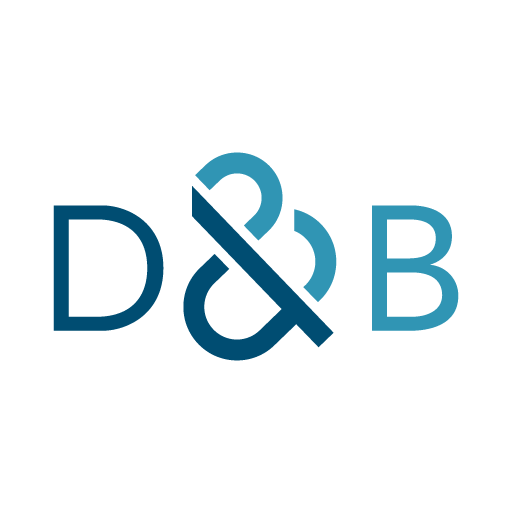Why did Signature Bank fail?
The FDIC shuttered Signature Bank on Sunday, March 12, 2023, following a bank run, which is when multiple depositors pull their funds out at the same time. Per a NY regulatory report, Signature Bank held $110.36 billion in assets and $88.59 billion in deposits as of year-end 2022.
The collapse of SVB on Friday, March 10, 2023, prompted fears among Signature Bank customers, who withdrew a total of $10 billion on Friday alone. Customers moved their funds to more stable, larger banks like Citigroup and JPMorgan Chase.
Another significant contributing factor to the bank run was the closing of crypto-centric Silvergate Bank. Silvergate’s wind-down was more expected, but fears over the security of cryptocurrency holdings spread to Signature Bank customers.
As part of its expansion efforts, Signature Bank opened itself to cryptocurrency depositors in 2018. The bank established a 24/7 payments network for crypto clients. At the time of closing, $16.5 billion of the bank’s deposits were from digital-asset customers.
Former U.S. Representative Barney Frank served on the Signature Bank board. He expressed that the bank’s executives were shocked by the sudden move to close the bank. The bank explored “all options” to shore up liquidity, including courting potential buyers and looking for additional capital.
By Sunday, the bank run slowed, and executives believed the situation had stabilized. Instead, the FDIC removed the bank’s managers and closed the institution. Regulators are currently in the sales process for the bank while maintaining a bridge bank to serve the needs of its customers.
One possible reason for the bank’s sudden turmoil is the easing of banking regulations implemented in the wake of the 2008 Financial Crisis. Signature Bank board member Barney Frank was a co-sponsor of the 2010 Dodd-Frank Act, which set new banking regulations intended to help prevent a similar financial crash.
As a member of Signature Bank’s board, Frank advocated for the easing of regulations in the Dodd-Frank Act. One of the Act’s provisions applied regulations to “too big to fail” institutions, banks holding $50 billion or more in assets. The bank’s board was part of a push to increase that threshold to $250 billion, allowing Signature Bank to avoid those increased regulations.
Other financial experts point to Signature Bank’s involvement in crypto as a reason the federal government came down so hard on the financial institution. Some industry experts suggest that the Fed wanted to make an example of Signature Bank.
What happens to Signature Bank customers?
The FDIC has pledged to make Signature Bank depositors whole, even beyond the FDIC-insured amounts of $250,000. As of a 2022 regulatory filing, 90% of the bank’s $89 billion in deposits exceeded the FDIC maximum insured amount.
As part of the federal government’s plan to prevent financial panic and bank runs, it created the Signature Bridge Bank, N.A. Customers can access their funds and perform normal banking operations at the bridge bank. The FDIC will update those customers regarding any changes and what happens when it completes the sale of the bank.
Signature Bank customers can also visit the FDIC FAQ for answers on what they can do. Many of Signature Bank’s customers were small and medium-sized businesses (SMBs). They shouldn’t experience interruptions to making payroll or other essential cash flow needs.
Many NY-based law firms had accounts with the bank. It also served the commercial real estate market. After launching in 2001 and going public in 2004, Signature Bank was one of the fastest growing banks in the nation. It expanded into other areas in 2007 with a multifamily lending unit. It also expanded into equipment financing in 2012 with its Signature Financial unit.
Signature Bank Commercial Financing customers can still access their account details through the Signature Bridge Bank. Anyone with a pending loan should contact their loan officer for more details.
Will the bank failure spread to other banks?
Speaking about the public’s loss of faith in banking institutions during the Great Depression, FDR famously said during his 1933 inauguration, “the only thing we have to fear is fear itself.” 90 years later, the current administration has its hands full in working to quell those fears.
The FDIC snapped into action, shuttering Silicon Valley Bank on Friday, March 10, 2023, and followed that up with the sudden closing of Signature Bank on Sunday, March 12, 2023. In both cases, the federal government took massive steps to reassure the banks’ customers that they wouldn’t lose their money due to insolvency.
In addition to expanding coverage of insured deposits over $250k, the federal government announced the creation of a lending facility to help other banks create liquidity in the case of a bank run. Instead of selling securities and other assets, banks can use those assets as collateral when borrowing from the emergency lending program. It set aside $25 billion to cover any losses but doesn’t expect to use that money since the collateral has a low risk of default.
The Fed’s actions on this potential banking crisis are the most involved since the 2008 crisis. Unlike that crisis, which saw massive government bailouts, the Fed’s approach this time aims to prevent a crisis with no additional expense to the U.S. taxpayer. As required by law, the FDIC will recover any losses from supporting uninsured depositors with a special assessment on banks.
Does this impact business lending at UCS?
No, United Capital Source remains unaffected by the banking collapse. It’s business as usual. Small business owners can still access the UCS suite of products, which includes:
- Working capital loans.
- Business term loans.
- Business lines of credit.
- Equipment financing.
- Invoice factoring.
- Merchant cash advances.
- Revenue-based business loans.
- SBA loans.
What does the bank failure mean for the business financing sector?
The full impact on business lending – and the financial sector as a whole – remains unclear. The federal government is doing what it believes is best to avoid the SVB and Signature Bank closings spiraling into an economic crisis. Financial experts are weighing what actions they think the government should take. Hopefully, the current strategy works and will have a zero or minimal impact on financing.
However, things may escalate or change in the coming months or years. The recent tide of rolling back post-2008 regulations (aka deregulating banks) may come to an end. New regulations may come into play as well.
We will keep you updated with any significant changes, especially those that impact the world of small business financing.
Signature Bank Collapse – Final Thoughts
The closing of Signature Bank raised many eyebrows in the financial community. The SVB collapse was the second-largest bank failure in US history, and the third largest occurred only two days later. The bank closings represent a $100 billion loss to the financial sector.
There are going to be many financial prognosticators making claims about the future of finance and banking. People are left with many questions when numbers and stats like that get thrown around. Panic is the one thing that could snowball the issue into an economic crisis. We advise patience and caution.
This is still a developing story in its first few days of aftermath. We will keep you updated with any important news as it comes out. Feel free to contact us if you still have concerns about your business financing options.










